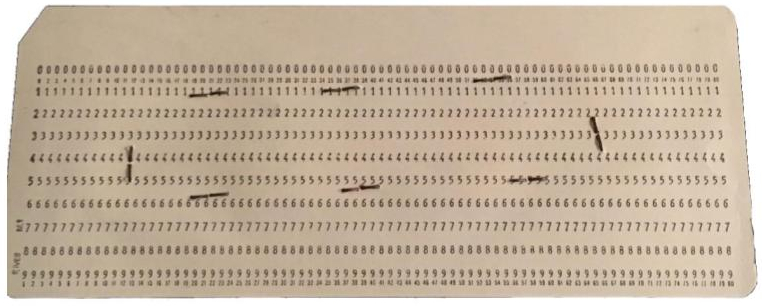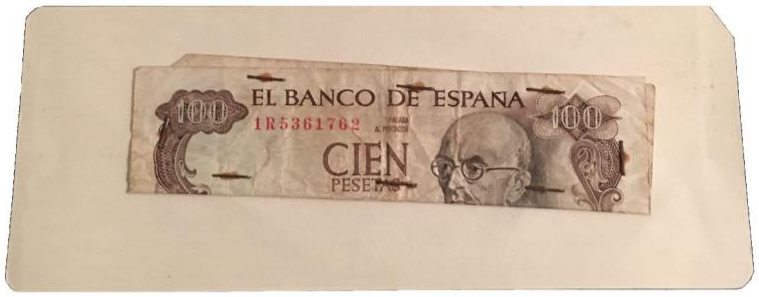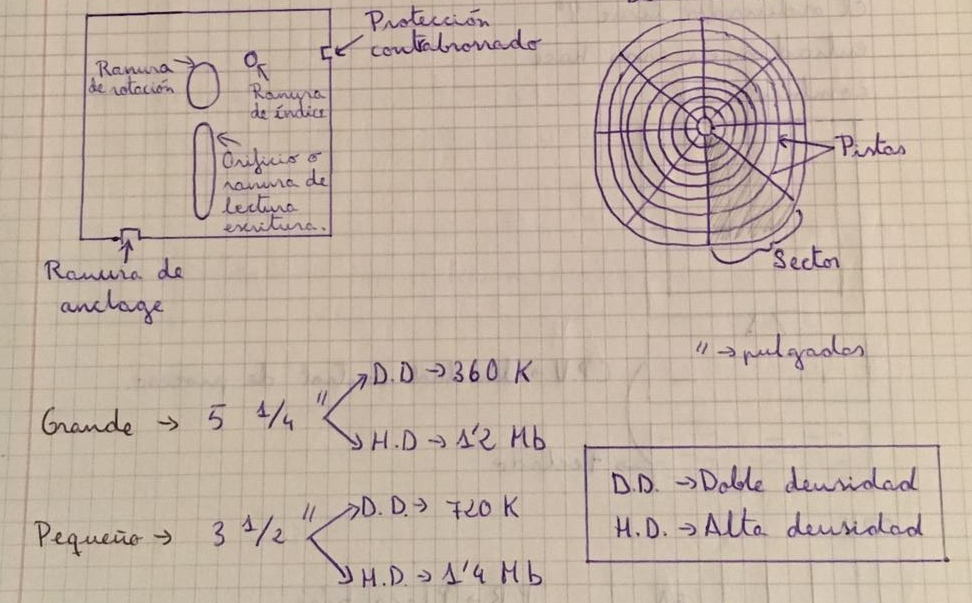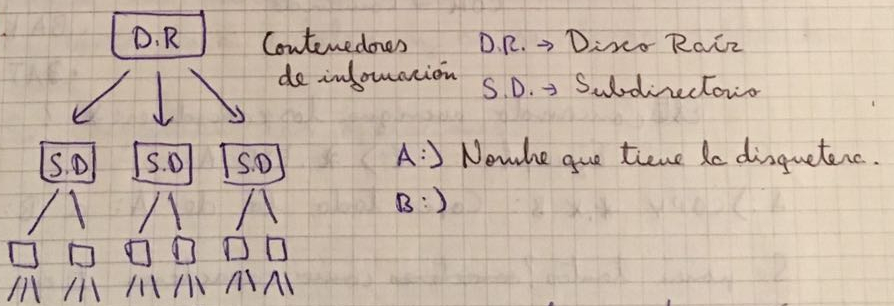My reference

Nowadays, there are a lot of communities about women in tech. However, those initiatives didn’t exist in 1998 when I chose my profession.
So I think that my mother deserves a card in this game.
When I found a punch card in the cookbook
After graduating in Economics, my mother attended a course about computing because it attracted her attention. Then she started working in a finance company where she learnt to program in Cobol.
It was the seventies and it’s amazing to listen to her talk about it, because I realize that we have progressed technically, but we have the same “human” problems. As Tom DeMarco and Timothy Lister wrote in Peopleware (1987):
The major problems of our work are not so much technological as sociological in nature.
What about her work? She programmed in Cobol from the documentation that an analyst prepared. However, she always had to rewrite that documentation:
The diagrams weren’t prepared to program afterwards, because the analyst didn’t know the programmer’s work. I rewrote the documentation, then I programmed it in Cobol and I gave the sheets to the people responsible for punching the cards.
When the company started the migration from punch cards to tapes, she left her job because my father got a place in another province. Then her mates collected money for the wedding as a leaving present. They were very original because each collected bill was stapled in a punch card.


She removed the staples from the punch cards to use the money, but she kept one punch card as a reminder. And it was kept in the cookbook as a bookmark.
I loved, even nowadays, to help my mother in the kitchen:
Look for the recipe of … and read it to me.
Help me to measure that quantity.
And every time that I opened the cookbook:
What’s this card?
My mother told astonishing stories for a seven-year-old child. I remember that I repeated the same question a lot of times, year after year.
The back office of a printers shop
When I was 12 years old, she decided to sign me up for a course in the back office of a printers shop. It was called ‘Soft-Hard Academy’.
The teacher, graduated in History of Art, was passionate about computing in general and an ASCII art lover (one of the reasons for the printers shop).
Scratch didn’t exist in 1992, so this is what I learnt during six months:
- Introduction
- Fundamental concepts about Software and Hardware
- Operating Systems
- Programming languages
- MS-DOS and commands
- Assistant Series
- Word Processor
- Database
- Spreadsheet
- Graphics Processor
- Framework III
- Word Processor
- Database
- Spreadsheet
- Graphics Processor
- WordPerfect 5.1
- Word Processor
- Database
I keep the Din A4 notebook from that course, Goofy on the front cover, as a valuable treasure.
First page:
- Definition of software
- Definition of hardware
- Types of software viruses
- How the computer thinks
- CPU

Second page:
- Bit, byte, Kb, Mb, Gb and conversions
- Diskettes

Third page:
- Peripheral devices (definition and examples)
- Operating systems (definition, list and versions)
- Programming languages (definition, list and purpose of each of them)
- Root directory and subdirectories

Pages and pages. From the half of the notebook, there are extra pages with exercises.
I remember that I loved DOS commands, creating databases and querying data. It was magical for me.
If I close my eyes, I can see myself in a classroom with walls filled with ASCII drawings (historical figures and famous pictures), sitting at a table with enough space for the computer and the notebook and being really excited to learn new things about computing.
I’m very proud of having a female reference so close to me.
Thanks mom!
Other female references
I would like to mention an awesome teacher that I had at the University: Gloria Martínez Vidal. In a few months, it will be 10 years since her death. I’ll never forget her smile, her office door filled with jokes, her classes about introduction to algorithms, automata and formal languages and all the things that I learnt from her. Here my personal tribute for you, Gloria.
On the other hand, Florencia Grattarola and Álvaro Vindela launched this advent calendar to highlight the lives of the pioneers of the computing age last year. Thanks!
